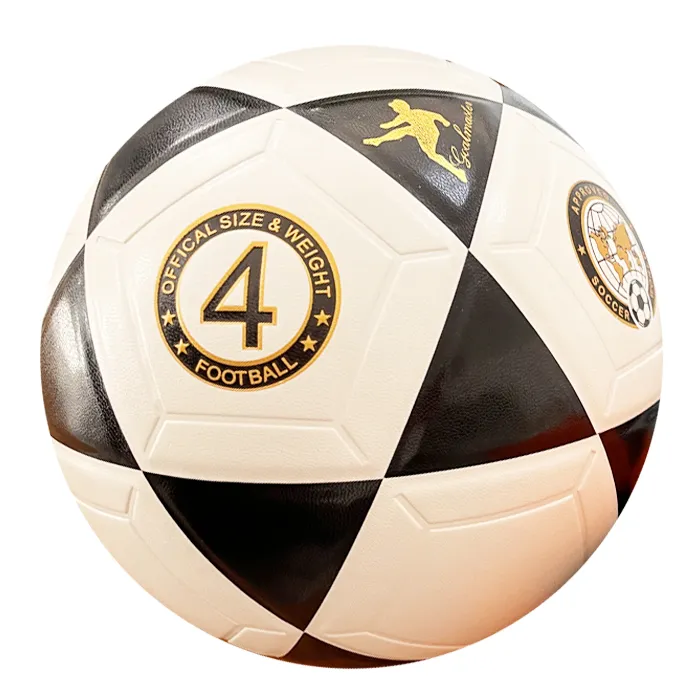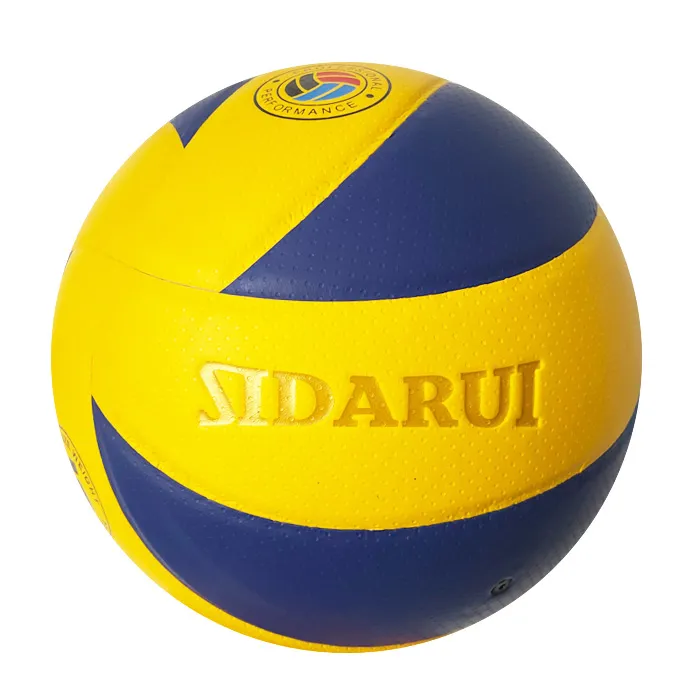Understanding the intricacies of sports equipment design is crucial for athletes aiming to optimize their performance.
One seemingly small but pivotal element is the diameter of sports balls. The phrase size 5 ball diameter might appear trivial, but it holds significant importance across different sports, including soccer and basketball.

The standardization of ball sizes is vital for ensuring consistency and fairness in sports. A size 5 ball is often used in soccer, also known as football in many countries, and is the official size for professional and international competitions. According to FIFA regulations, the circumference of a size 5 soccer ball must be between 68 and 70 centimeters, which translates to a diameter of approximately 22 centimeters. The slight variance in diameter can affect the ball's aerodynamics, impacting how it moves through the air. This size is typically used by players aged 12 years and older, as it provides the ideal weight and size for developing the skills required at advanced levels of play.
From an engineering perspective, the diameter of a ball influences its surface area, which in turn affects how it interacts with external forces such as wind resistance and friction. A larger diameter increases the ball's surface area, which can enhance stability and control during play. Professional athletes often express a preference for specific ball sizes because they influence techniques such as dribbling, passing, and shooting. For instance, a well-designed size 5 ball allows for greater precision in these maneuvers, leading to more effective gameplay.

Manufacturers invest considerable effort in perfecting the design of a size 5 ball. The choice of materials, such as synthetic leather and technical fabrics, must be calibrated to maintain the optimal balance between weight and performance. Furthermore, the design of the ball's panels and seams plays a critical role in ensuring uniformity in shape, which is essential for maintaining consistent bounce and roll characteristics during matches.
size 5 ball diameter
The influence of a size 5 ball’s diameter extends beyond physical interactions; it also affects the psychological comfort of players. Familiarity with the feel and response of a ball reduces distractions and allows athletes to focus entirely on their performance. Coaches in soccer emphasize the importance of training with official-sized balls to acclimate players to the conditions they'll face in professional competitions.
Additionally, a deep understanding of ball specifications is pivotal for those purchasing sports equipment, whether for personal or institutional use. School sports programs, amateur leagues, and professional teams alike need to ensure compliance with official standards to cultivate proper skills and competitiveness. This knowledge empowers buyers to make informed decisions, thereby enhancing the trustworthiness of brand reputations that adhere to these standards.
Consumer education around the attributes of a size 5 ball can also affect purchasing decisions. For parents buying soccer equipment for their children, being informed about the correct ball size is vital. A ball that is too large can hinder a young player's skill development. Informative web content highlighting the benefits of choosing the correct ball size, including details about its specific advantages, builds authority and fosters trust between manufacturers and consumers.
In conclusion, the size 5 ball diameter is a cornerstone of sports equipment design, with far-reaching implications for performance, equipment manufacturing, and consumer education. By ensuring compliance with international standards, sports organizations guarantee a level playing field, while manufacturers and consumers alike benefit from a deeper comprehension of how these specifications impact gameplay. This holistic appreciation not only enhances the sporting experience but also reinforces trust in the guidelines that govern sporting excellence worldwide.













